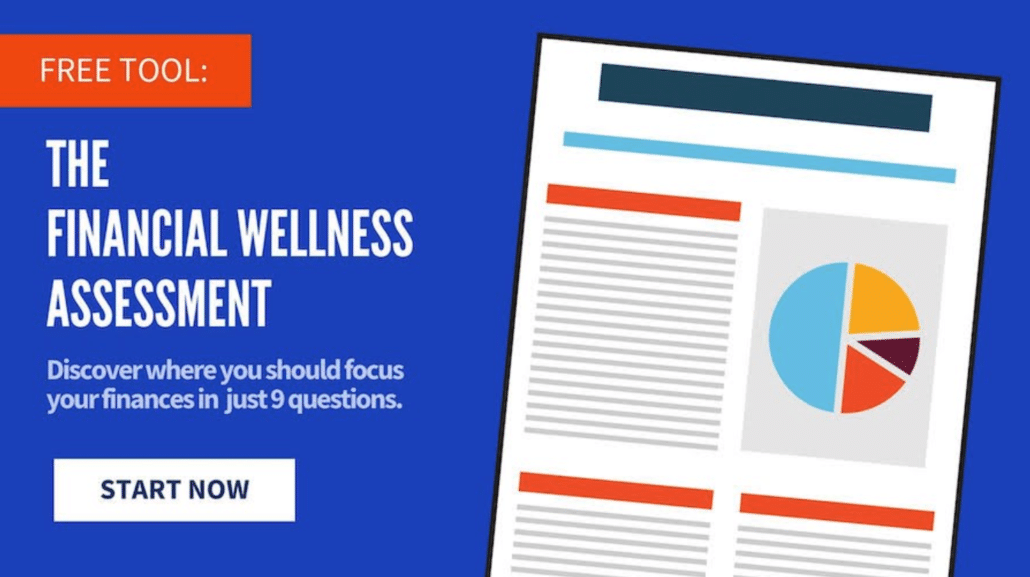How can two people with the same income, financial experiences, or education have very different levels of financial wellbeing? It’s simple: a sense of wellness doesn’t come from numbers alone. It’s all about the sense of security and freedom of choice each individual feels, both in the present and future.
The Consumer Financial Protection Bureau puts financial wellbeing into four categories:
| Present | Future | |
| Security | Control over day-to-day, month-to-month finances | Capacity to absorb a financial shock |
| Freedom of choice | Financial freedom to enjoy life | On track to meet financial goals |
Your sense of wellness impacts far more than just your personal mood. Studies suggest workers with low levels of financial wellbeing experience a drop in productivity, deterioration of work quality, and decrease in new ideas. And of course, your financial health can quickly impact your mental health, with stress about money making it difficult to enjoy the present or feel secure about the future.
If you feel your financial wellbeing could use a boost, start here:
1. Set specific, realistic goals
Writing down a goal with an estimated date and expected cost dramatically increases your likelihood for success. It also allows you to clarify the things that are most important to you, providing the motivation you may need to save instead of spend. Here’s a goal planning worksheet you can use to get started.
2. Establish an emergency fund
Everyone needs a fund to help cover unexpected costs or losses (and in fact, building a reserve for a rainy day can be even more important than making extra debt repayments or contributions to investment accounts).
An emergency fund should contain 3-12 months’ worth of expenses. Building yours from scratch? Consider allocating at least 10% of your monthly savings to creating a cash reserve. You can likely add to your savings at a lower rate if your job (and income) are secure and predictable.
3. Automate your finances
Finances have a way of getting increasingly complicated in all stages of life. Putting your savings, bills, and investments on autopilot can greatly simplify things. Automation helps you achieve specific goals by systematically creating positive long-term habits while helping to avoid the temptation to deviate from your plan.
4. Seek professional guidance
Research from Vanguard estimates that financial advisors can add roughly 3% in relative return for an individual investor. But don’t just hire someone for investments; choose an advisor that provides comprehensive financial planning so you can get your entire financial house in order by proactively assisting with tax projections, estate planning, insurance analysis, and more.
Working with an advisor also frees you up to do the things you love most in life, and alleviates the stress of managing financial matters on your own.
Next steps
If you want a full system for financial wellbeing, you can borrow my full process shared in my book “Making Money Simple.”
You may also enjoy reading these articles:
- How to Automate Your Finances
- Do It Yourself or Hire an Advisor?
- The Secret to Using Money to Buy Happiness
…
Do you want to make smart decisions with your money? Discover your biggest opportunities in just 9 questions with my Financial Wellness Assessment.















